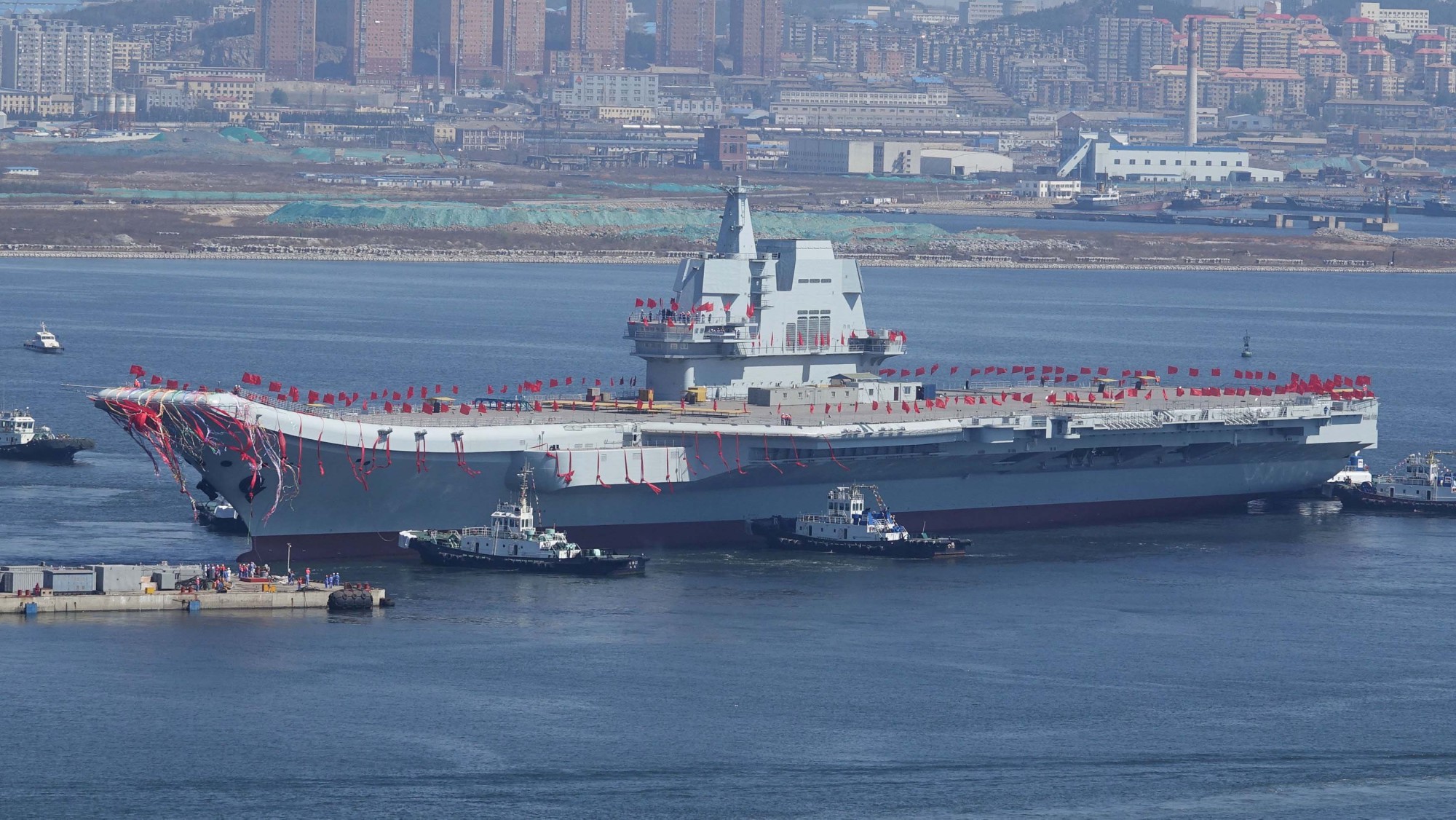China launched its first indigenously built aircraft carrier Wednesday in a move that showcases the country's growing maritime clout amid simmering tensions over the disputed South and East China seas.
The 50,000-ton carrier was transferred from a dry dock into the water at a launch ceremony at the Dalian shipyard in the northeastern province of Liaoning, China's Defense Ministry said.
The ceremony was attended by Fan Changlong, vice chairman of the powerful Central Military Commission, as well as top navy officials, which came just three days after the anniversary of the People's Liberation Army Navy's symbolic founding in 1949.

















With your current subscription plan you can comment on stories. However, before writing your first comment, please create a display name in the Profile section of your subscriber account page.